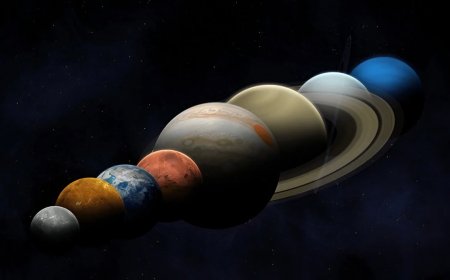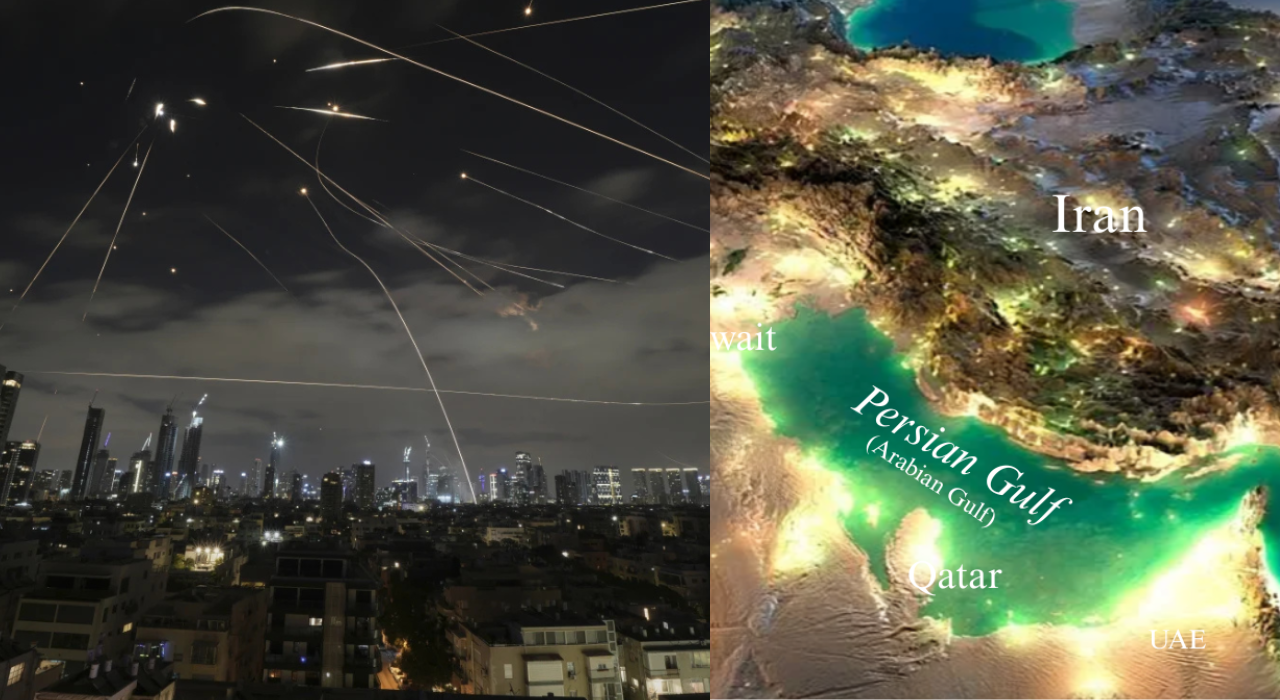AI guzzles water, but can it also hold the key to saving the precious resource?

Join our WhatsApp Community to receive travel deals, free stays, and special offers!
- Join Now -
Join our WhatsApp Community to receive travel deals, free stays, and special offers!
- Join Now -

The garden city of Bengaluru has over the years transformed into a tableau of mismanaged resources. In 2024, the city experienced both heavy floods and a dire water crisis.
Every day, Bengaluru extracts 800 million litres of water from borewells. The city’s built-up areas have soared by 1055% while water bodies have shrunk by 79%. Groundwater levels have declined to 18.7 metres in 2023 from 13.4 metres in 2013, with a recent study by the Indian Institute of Science forecasting a further drop to approximately 25 metres.
In the midst of this water crisis, artificial intelligence has become a buzzword in the IT city. AI promises to reconfigure the world, but it comes with an insatiable thirst for water, which stems largely from the enormous cooling needs of data centres and the intensive computations required for AI training.
With millions joining the digital dialogue, the cumulative demand for water rises like an unchecked tide.
AI models gulp water not as a mere byproduct, but as an essential coolant to tame the immense heat generated during computation. Consider training a model like ChatGPT-3 with its 175 billion parameters: in one burst of digital alchemy, it required over 700,000 litres of freshwater to dissipate heat and maintain server integrity.
Even after training, these models continue...
What's Your Reaction?
 Like
0
Like
0
 Dislike
0
Dislike
0
 Love
0
Love
0
 Funny
0
Funny
0
 Angry
0
Angry
0
 Sad
0
Sad
0
 Wow
0
Wow
0























































